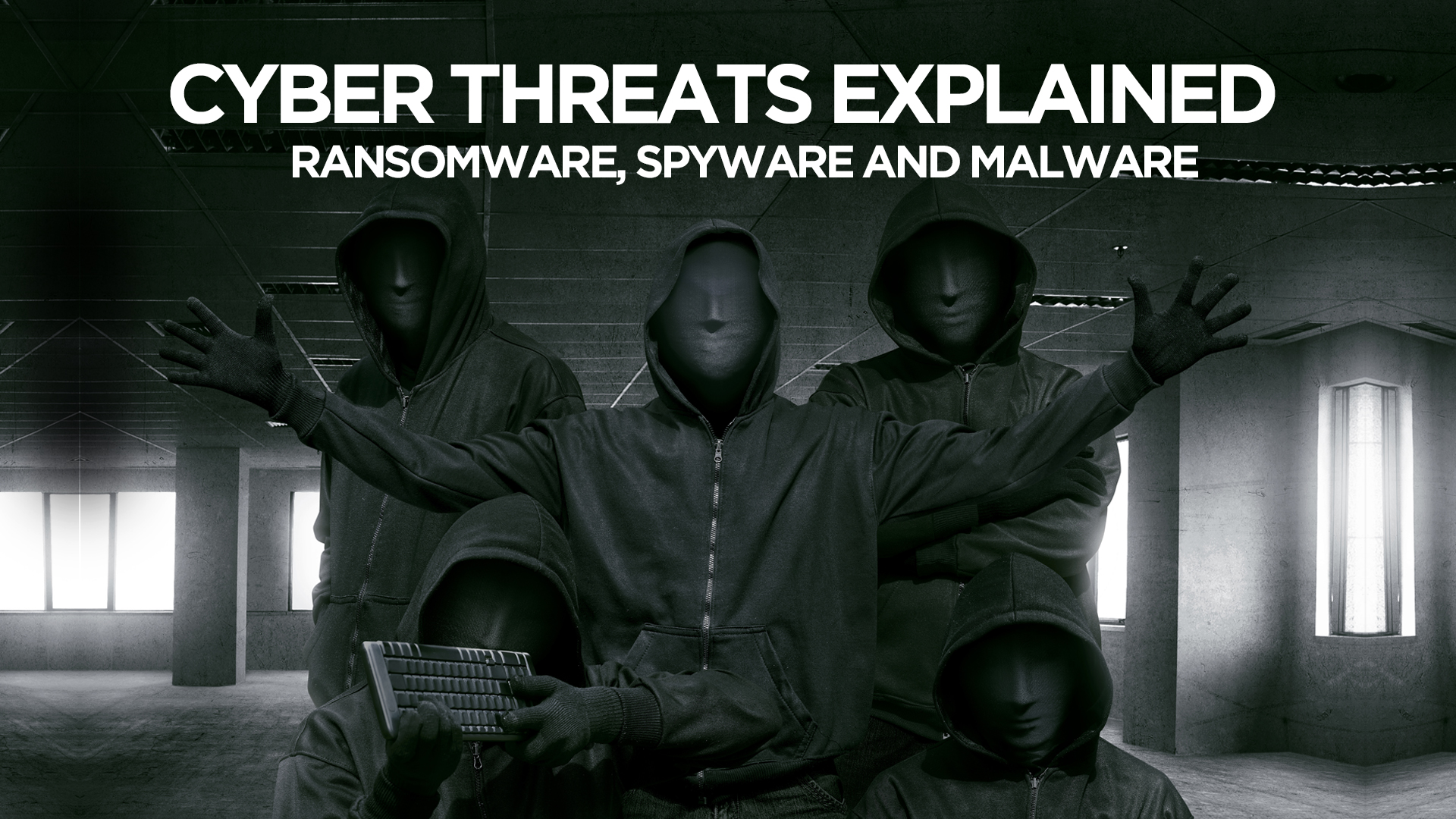
Having an IT-support- provider to help protect your computers has, become a necessity. Even with the help of the best IT-managed service providers, one still needs to understand the difference between spyware, malware, and ransomware.
This blog will help you to map out the areas of highest risk and learn how to better protect yourself from harmful cyber-attacks.
What is Malware
Malware is a broad term that refers to any software that is designed to harm your computer. There are different types of malware, including spyware and ransomware. Cybercriminals use malware to gain unauthorized access to your device, corrupt your files, or even lock down your computer. Malware often operates undetected, and you will only know that your computer is infected when harm is already done.
Spyware
Spyware is a form of malware designed to spy on your computer activities. Once the spyware infects your computer, it tracks your passwords and your internet activities, such as the sites you visit most, as well as your social media accounts.
Ransomware
Ransomware is a new malware that is designed to extort you financially. Cybercriminals use ransomware to lock your computer and then ask for a ransom to unlock it. If you fail to comply with their demands, they can delete your files or corrupt your hardware.
As computing technology advances, the risks of ransomware attacks increase, meaning you need to be on a constant alert. A case-in-point example is hospital ransomware attacks, which use hospital computers to attack patients, or even shut down computer networks. However, before you comply with any ransomware demands, it is advisable to seek assistance on how best to resolve these attacks.
What are the differences between spyware, malware, and ransomware?
Intention of the malware
Malware is the general term for any harmful software that is used to attack your computer. Spyware is intended to creep through your files, passwords, and other sensitive information, while ransomware is designed to encrypt or lock down your computer. Ransomware attack data-recovery techniques involve either paying the ransom or engaging an IT team to decrypt the codes and restore normal operations, which is usually the preferred course of action.
Nature of harm
The intention of malware is to gain unauthorized access to your computer and carry out an attack. However, a key difference lies in the kinds of damage they can cause. For example, spyware will extract information about you and use it for malicious purposes, whereas ransomware seeks to extort money from you by either encrypting your files or locking down your computer until you pay to have them unencrypted or unlocked.
Magnitude of harm
Much like the type of damage, the extent of the damage different malwares can cause may differ. Spyware may be harmless if an employer installs it simply to monitor their employees’ activities. But, cybercriminals can still use it to steal passwords, log into email or social media accounts, and post malicious or damaging information about the users.
Even worse, these criminals can also use harmful ransomware attacks to lock down your entire computer network system until you meet their payment demands. And, worse still, these attacks may also extend to harm your clients.
For instance, hospital ransomware attacks may lock down your operations by denying access to patient files, thereby hindering patient care. Hospital ransomware attacks like these are quickly becoming the greatest threat of embracing the internet and social media as a point of contact between healthcare providers and their patients.
Alerts from the malware
Different kinds of malware will also differ in their alert systems. Spyware is silent and performs its malicious activities behind the scenes; its purposes are to quietly spy on your computer network and extract your credentials and other sensitive information about you. Ransomware, however, is loud. It will even display warnings on your computer, and it can also show a timer or a countdown to your computer crashing.
Resolving an attack
Finally, while anti-virus software can fix most malware issues, some may require a little more work. For example, spyware usually requires you to install an anti-spyware scan to detect and remove it. However, if you fall victim to a ransomware attack by more seasoned cybercriminals, resolving it may require more than a free or paid anti-virus alone. Without an in-house IT team, you will need assistance from outside it-managed service providers to resolve the attack and to teach you how to better protect your systems in the future.
How to protect from ransomware attacks
Ransomware attacks can be costly to your business and your clients. BlackFog provides on-device ransomware prevention and data privacy using behavioural analysis and data exfiltration technology to prevent cyberattacks, this is proudly distributed by Mustek
Bottom line
Regardless of how careful you are, chances are that malware can still infect your computer systems. Cybercriminals are crafty and will unleash their attacks in the most unsuspicious ways possible. When this happens, IT-support-managed service providers can guide you on how to resolve the problem. Knowing how to protect your computer is just the first step—allowing the experts to do it for you is the ultimate solution.
To learn more about Black Fog or to purchase please complete the form below and a consultant will make contact with you
